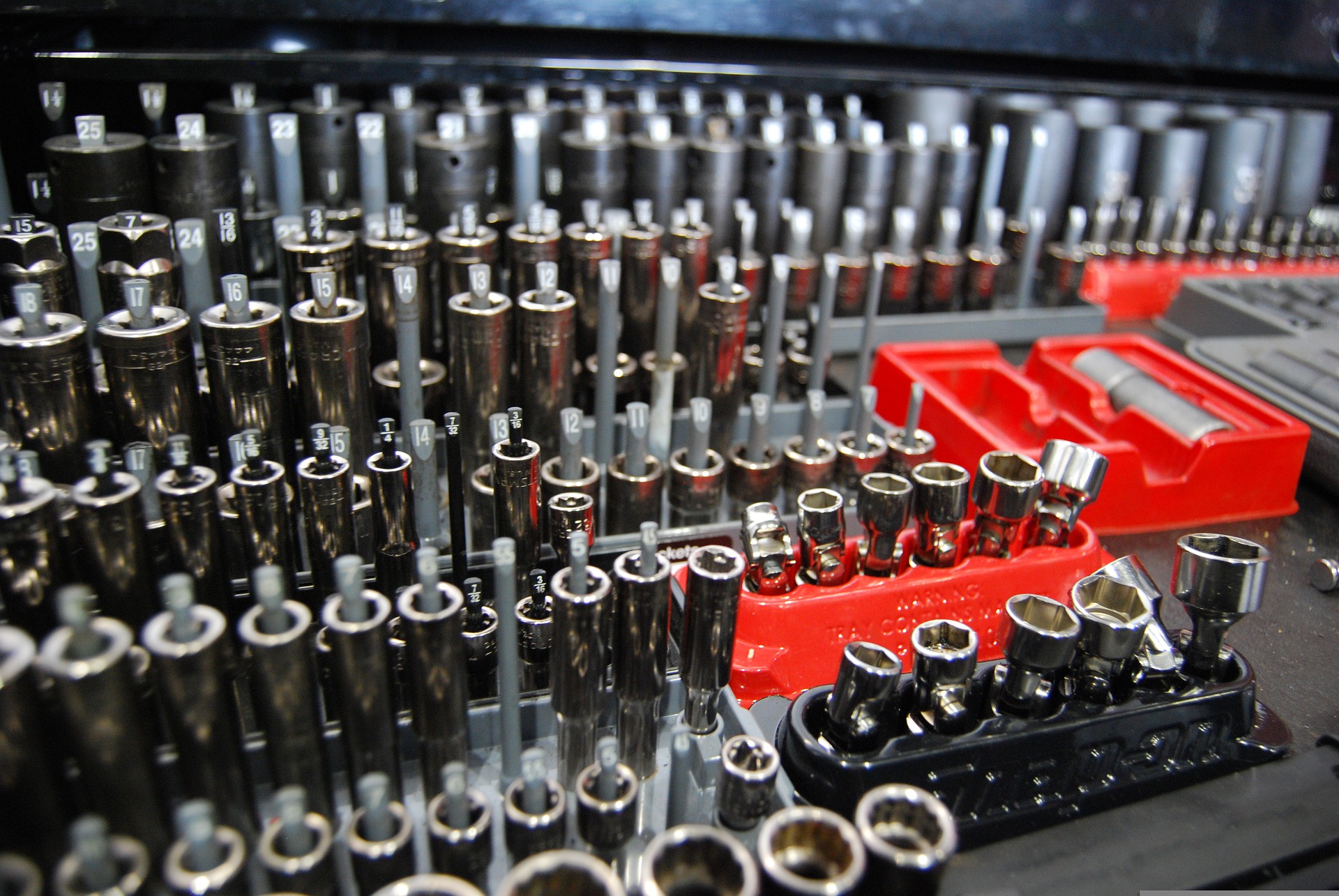In hydraulic systems, one critical component is hydraulic fittings. These connectors join pipes, hoses, and tubes that carry hydraulic fluid under high pressure. Hydraulic fittings come in various shapes and sizes and perform different functions, making them a crucial aspect of any hydraulic system.
One of the common types of hydraulic fittings is the straight connector. The straight connector is a simple coupling that joins two pipes together and allows hydraulic fluid to flow from one to another. It is usually made from high-quality steel and can withstand high pressure.
Another type of hydraulic connection is the hydraulic elbow, which is used to join two pipes or hoses at an angle, preventing kinks and improving the hydraulic system’s overall efficiency. Hydraulic elbows come in different angles, from 45 degrees to 90 degrees, depending on the hydraulic system’s needs.
Hydraulic tees are used to join three pipes or hoses together, making them the ideal connector for hydraulic systems that require multiple branches. Tees come in different angles and sizes, making them versatile and reliable for any hydraulic system.
Hydraulic adapters are used to connect different types of hoses, pipes, and fittings. Adapters feature a male or female end and are available in different sizes, making them the go-to connector for hydraulic systems that require flexibility.
When it comes to hydraulic fittings, thread type is also essential. Thread types determine how hydraulic fittings are connected. The most common types of thread include NPT National Pipe Tapered, JIC Joint Industry Council, and SAE Society of Automotive Engineers.
NPT fittings have a tapered design and are commonly used in low-pressure hydraulic systems. JIC fittings feature a 37-degree flare and are used in high-pressure hydraulic systems. SAE fittings are used in hydraulic systems in the automotive industry and feature a straight thread with an O-Ring seal.
It is crucial to select the right hydraulic fittings for the hydraulic system. Having the wrong fitting can lead to system failure and even accidents. Always consult with a hydraulic expert before selecting hydraulic fittings for any hydraulic system.
Maintaining and inspecting hydraulic fittings is also crucial to ensure the hydraulic system’s optimal performance. Regular inspections can detect leaks, cracks, and other defects that may cause the system’s inefficiency. Replacing or repairing these defects immediately can prevent a catastrophic failure of the hydraulic system.
Hydraulic fittings are critical components of any hydraulic system. Straight connectors, hydraulic elbows, hydraulic tees, and hydraulic adapters are types of hydraulic connections that perform various functions. With different thread types like NPT, JIC, and SAE available, it is essential to select the right hydraulic fitting for the hydraulic system. Finally, regular maintenance and inspection of hydraulic fittings can prevent system failures and ensure optimal performance.










